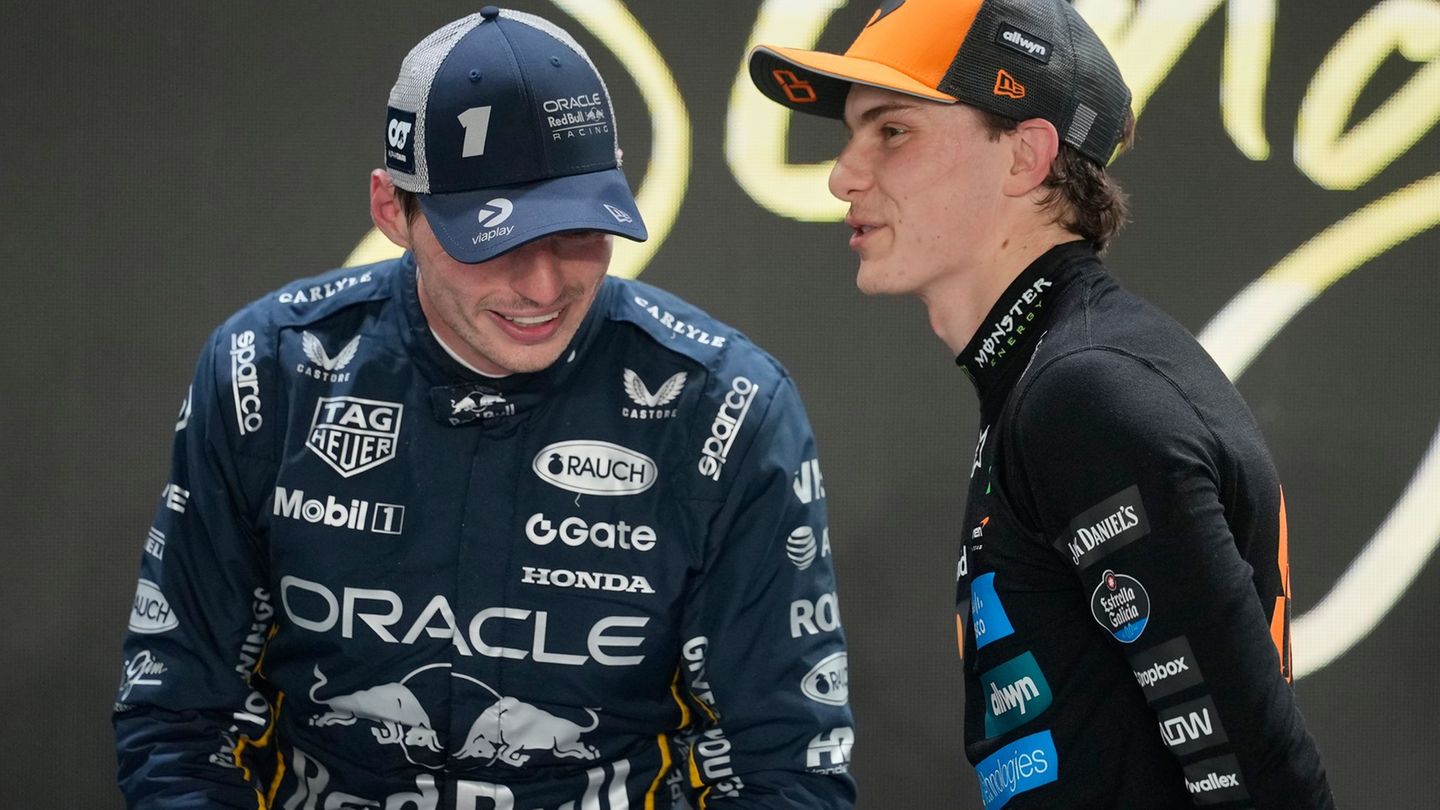Shortly before, the executive president of Airbus, Guillaume Faury, and the general director of Air France, Anne Rigail, listened surrounded by their lawyers what the two companies are accused of, before taking the floor in the first session.
“I stand before you to express, on behalf of Air France, our deepest sympathy to the relatives of the victims,” said Rigail, for whom this accident will forever mark the “collective history” of his company. Although she stressed that the company will continue to collaborate with the justice system, the person in charge denied that they committed a “criminal offense” linked to the accident, as she also defended throughout the Airbus investigation.
In turn, Faury also expressed in court his “profound respect” for the families of the victims, to which the president of the association of families of victims Entraide et Solidarité AF447, Danièle Lamy, responded from the courtroom: “Too much afternoon!”.
“We have been waiting for this moment for 13 years. It is a shame, sir. You should be ashamed!”, the vice president of this association, Philippe Linguet, abounded, before the president of the court asked for calm.
On June 1, 2009, flight AF447 crashed in the middle of the night, almost four hours after taking off from Rio de Janeiro. Its 216 passengers and 12 crew members died in the accident.
The plane, which had entered service four years earlier, was carrying passengers of 33 nationalities: 61 French, 58 Brazilians and 28 Germans, as well as Italians (9), Spaniards (2) and an Argentine, among others.
The first bodies and remains of the aircraft were found days later, but the device was located almost two years later, on April 2, 2011, at a depth of 3,900 meters in the fourth phase of the search.
The black boxes confirmed that the pilots, disoriented by a technical failure in the middle of the night near the equator, were unable to stop the plane from falling, which occurred in less than five minutes.
In 2019, after a decade of legal battles and the indictment of the airline and the European manufacturer for “involuntary manslaughter”, the Paris Prosecutor’s Office requested a trial only against Air France on the grounds that the airline “committed negligence and imprudence” in the training of its pilots. But the investigating judges did not follow his recommendation and pronounced a general dismissal.
That ruling led to an appeal by relatives of the victims, the pilot unions and the Paris Prosecutor’s Office, and then the General Prosecutor’s Office, a body superior to that of the French capital, requested that not only Air France, but also Airbus go to trial. .
“I don’t expect anything from this process,” Nelson Faria Marinho, president of the Brazilian association of relatives of victims, and whose son died in the accident at the age of 40, said in Brazil. The 79-year-old man did not travel to Paris due to lack of resources.
The court must determine whether Airbus and Air France, which face a fine of 225,000 euros (about 220,000 dollars), made mistakes related to the tragedy, an amount that has nothing to do with the compensation that the relatives of the deceased should receive.
For the union of pilots of the Air France group (SPAF), it is “essential that a court can listen to all the parties and rule on the different responsibilities during a public process, where the importance of flight safety will be highlighted” .
According to expert reports, the freezing of the Pitot speed probes caused a disturbance in the speed measurements of the Airbus A330, which disoriented the pilots until they lost control of the plane.
For the appeal court, which reversed the dismissals, Air France did not implement “adapted training” or the necessary “information” so that the pilots could “react” to that technical failure. Airbus is judged for “underestimating the seriousness” of speed probe failures, for not taking the necessary steps to inform crews of urgency or to train them effectively.
Probe failures multiplied in the months preceding the accident. Following the catastrophe, the model was changed worldwide and enhanced training on altitude loss was introduced.
Source: Ambito
David William is a talented author who has made a name for himself in the world of writing. He is a professional author who writes on a wide range of topics, from general interest to opinion news. David is currently working as a writer at 24 hours worlds where he brings his unique perspective and in-depth research to his articles, making them both informative and engaging.




